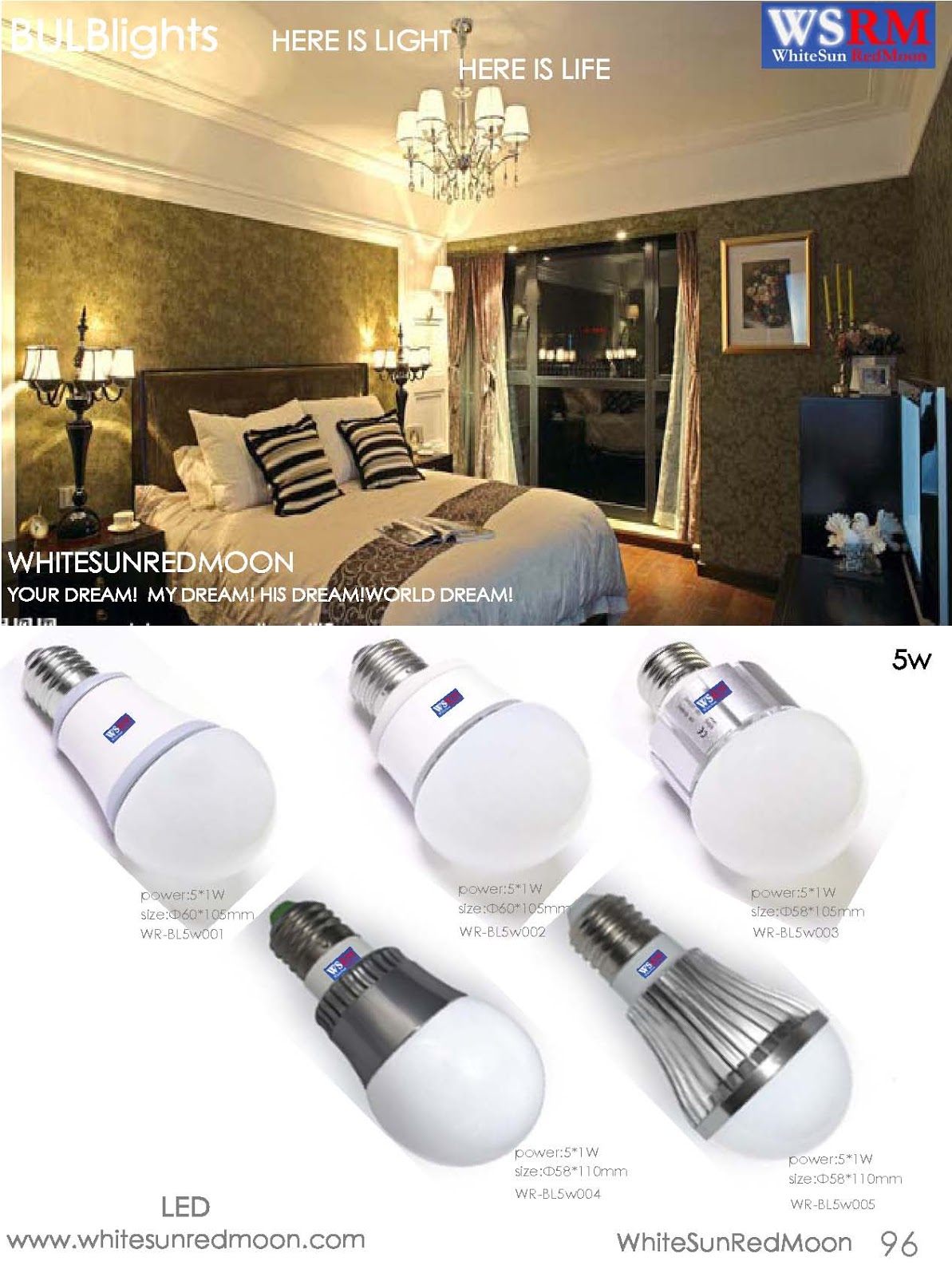As homeowners, we often overlook light fixtures in our home when it comes to maintenance. We walk in the room and flip on the light switch, assuming it will always light the bulb. However, that isn't always the case. Sometimes common electrical problems can cause the problem, or it may just be that a bulb burned out. But how are we to know? Here is a list of common problems and some recommended repairs to keep the lights shining brightly in your home.
Ceiling Light Fixture
Problem: The light bulb will not light.
- Check the light bulb first. It may have burned out. Replace the bulb.
- Check to see if the bulb is tight in the socket.
- Check the socket tab in the center of the socket. You may have to pull up on it in order for it to make contact with the bulb.
- Check the connections at the switch and make sure that they are tight. Be sure that the power is off to the circuit that you are working on.
- Check the connections at the light and the breaker panel to be sure they are all connected tightly.
Problem: The light flickers.
- If the bulb flickers on and off it usually means that the switch contacts are getting bad. Usually you'll be able to hear a sizzling or crackling sound if the switch contacts are bad. In this case, replace the switch.
- It also could be that the connections are loose. This could be on the switch, at the panel, or in the junction box of the light. There also is the possibility that the connections to the light socket could be loose. Check all of these points and tighten if necessary. If the socket connection is loose, replace the light socket.
Recessed Lights - Can Lights
Problem: Light turns on and off by itself.
- Check the size of the bulb in the socket. Make sure the wattage of the bulb doesn't exceed the recommended wattage rating for the fixture. The maximum wattage will be listed on a tag on the fixture or socket.
- The limit switch turns the unit off when the temperature reaches an unsafe level. Over-sized bulbs will radiate an excessive amount of heat and could potentially cause a fire if the limit didn't shut off the light.
- It is possible that the limit switch may need to be changed if the correct bulb is in place. You also may need to pull the can light out and make a space above the can light. If the insulation is packed to tightly on top of the light, proper ventilation cannot take place. This will trip the thermal.
Fixtures With Built-it Switches or Pull Chains
Problem: The switch won't work.
- Check the bulb to see if it bad.
- Check the connections on the switch to make sure they are all tight. Remove the switch from the circuit and test between the wires with an ohm meter. Toggle the switch and see if it changes values on the ohm meter. If not, replace the switch.
- Check the wires to the socket. If they are loose or have a burnt appearance, replace the socket
http://zgledn.yglm.mobi/SALES CONTACTITALYTorino
39011redmoon1@myledonline.com
Rome
3906whitesun1@myledonline.com
SPAIN
Barcelona
3493redmoon1@myledonline.com
GERMANY
Berlin
4930whitesun1@myledonline.com
FRANCE
Paris
331redmoon1@myledonline.com
ENGLAND
London
4420whitesun1@myledonline.com
RUSSIA
Moscow
7499redmoon1@myledonline.com
FINLAND
Helsinki
3589whitesun1@myledonline.com
NORWAY
Oslo
47whitesun1@myledonline.com
AUSTRIA
Vienna
431whitesun1@myledonline.comNETHERLANDAmsterdam3120whitesun1@myledonline.com
SWITZERLAND
Zurich
4144whitesun1@myledonline.com
TURKEY
Istanbul
90216whitesun1@myledonline.com
BELGIUM
Brussels
322whitesun1@myledonline.com
SWEDEN
Stockholm
468whitesun1@myledonline.com
HUNGARY
Budapest
361whitesun1@myledonline.com
SCOTLAND
Glasgow
44141whitesun1@myledonline.com
ICELAND
Reykjavik
354whitesun1@myledonline.com







No comments:
Post a Comment